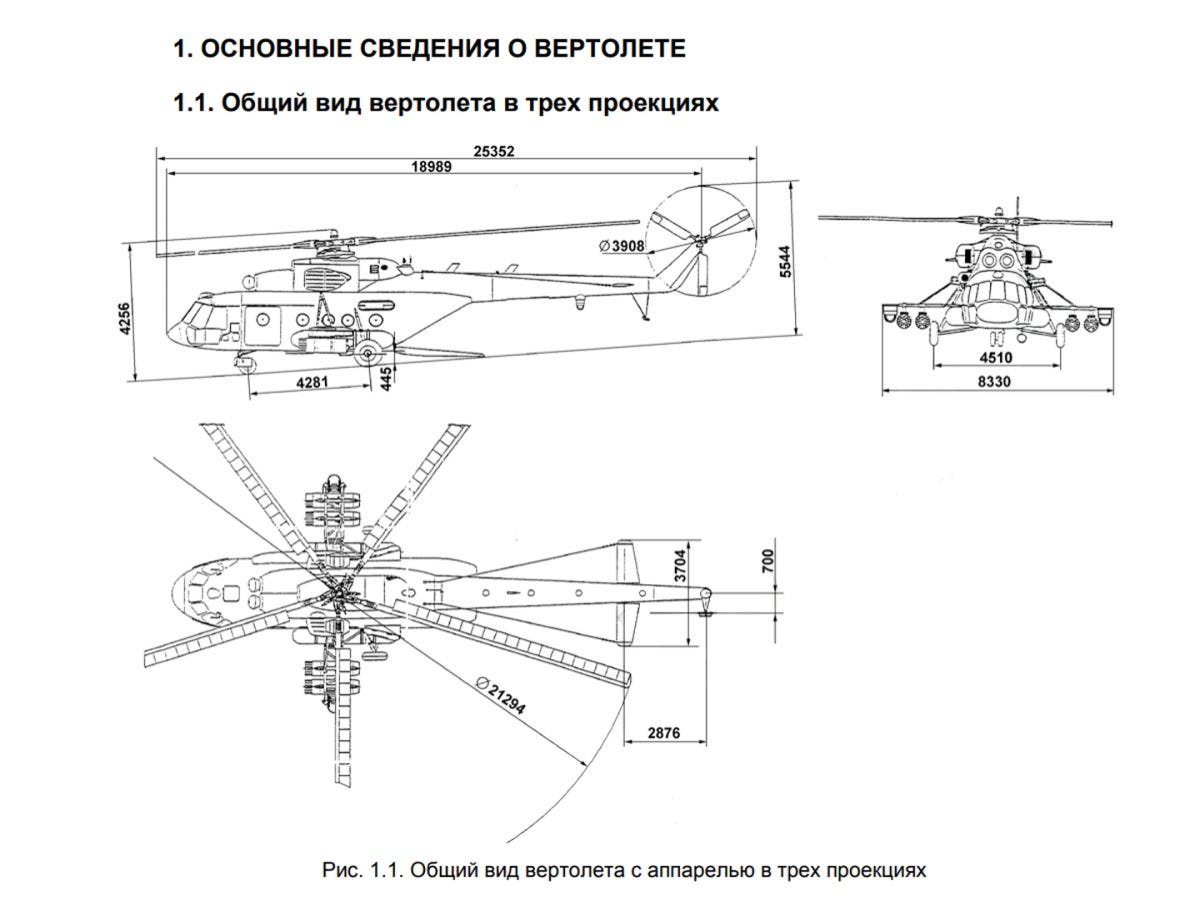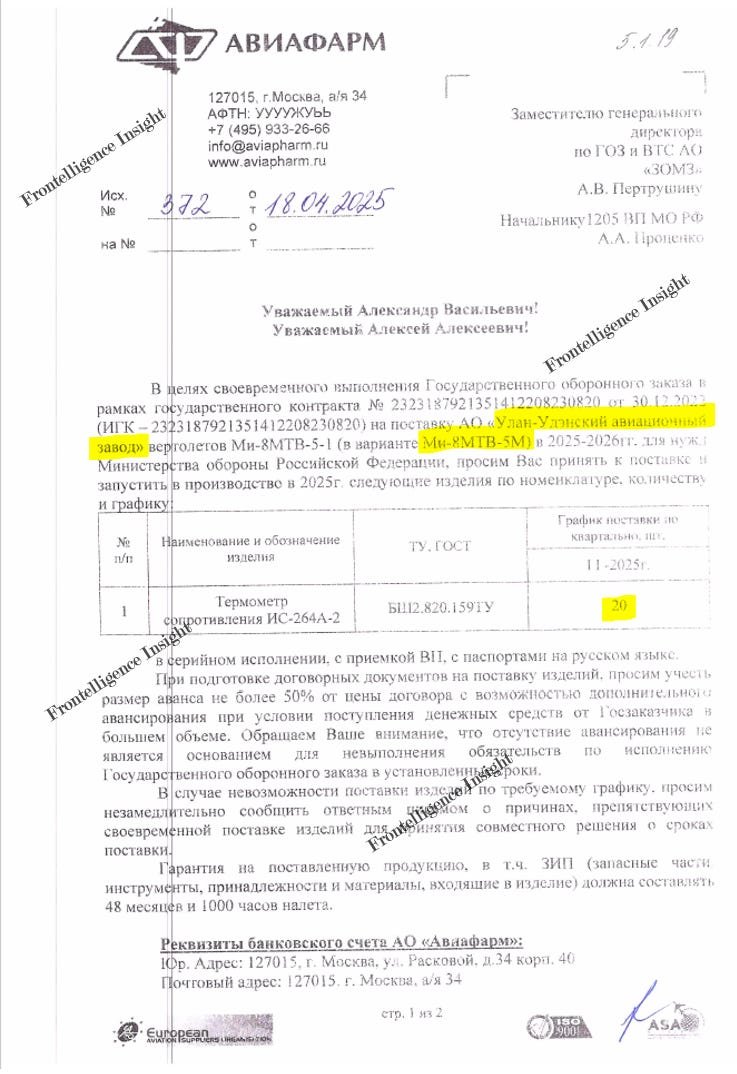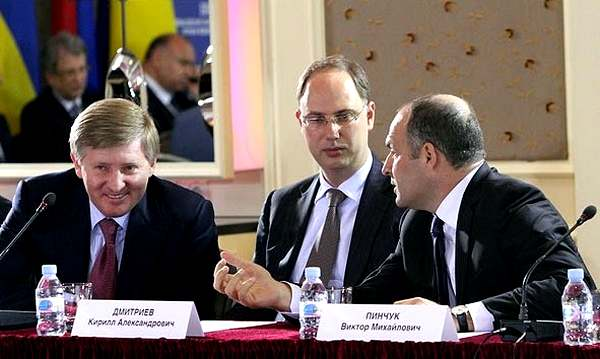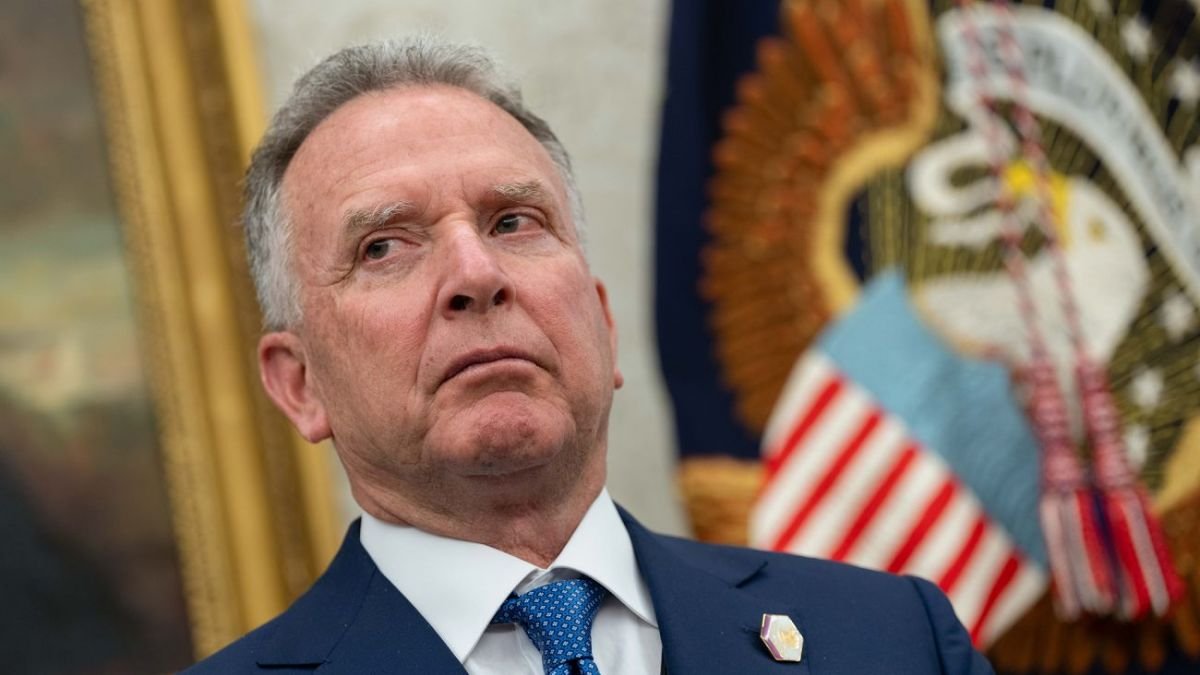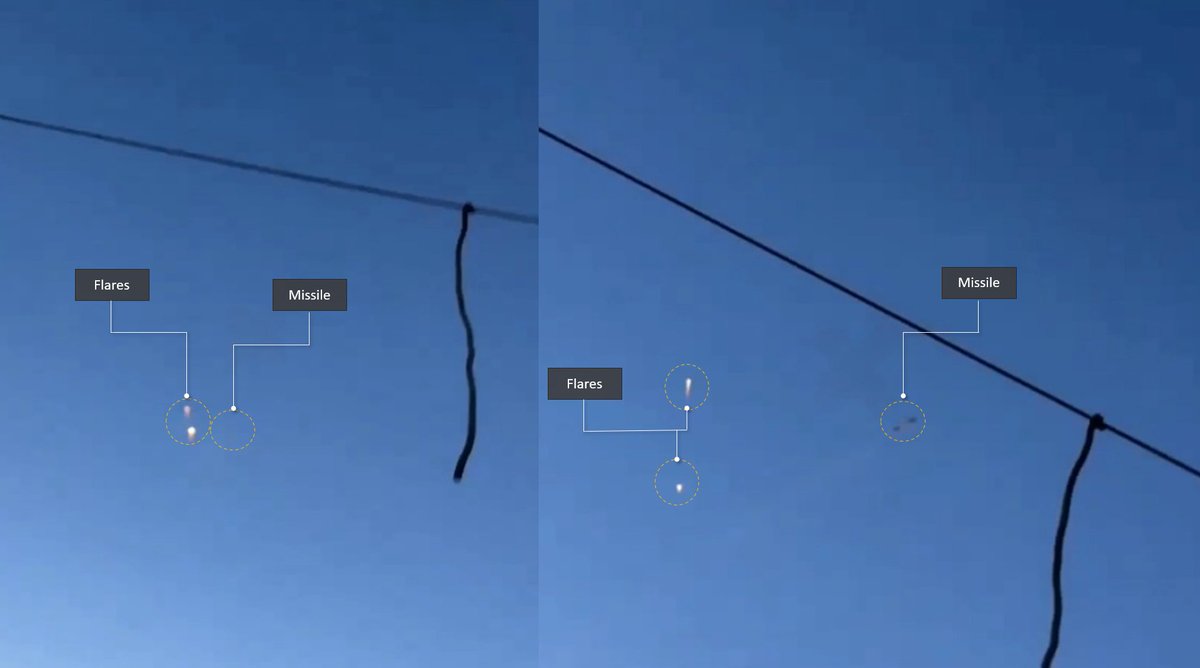Russians are actively expanding their training ground facilities in the rear areas of Luhansk and Donetsk oblasts and within Russia. This expansion aims to tackle logistical bottlenecks that arose after the 2022 mobilization, signifying efforts to improve infrastructure. 🧵Thread 

2/ In this specific image, we can observe the emergence of a new training facility with fresh infrastructure within the boundaries of preexisting tank training grounds near the Novopavlivka mining settlement in the Khrustalnyi area of Luhansk oblast. 

3/ A closer examination of the facility reveals the presence of a training lane designated for infantry and armored vehicles like tanks. Furthermore, multiple clusters of smaller buildings have emerged across the training grounds. 

4/ Numerous expansions and enhancements to facilities like these have been occurring, particularly in late 2022 and continuing into 2023. This suggests that the russians are aiming to optimize their training facility capacities and align training programs with recent experiences
5/ While this fact may not be groundbreaking on its own, it does, in my view, signify the russian objectives of continuous mobilization and training. It underscores their commitment to a sustained, enduring war of varying intensities, whether it be low or high-intensity warfare.
6/ If you find this thread useful, I kindly request you to like, follow, and share the first message in the thread.
These materials are accessible thanks to the support received through Buy Me A Coffee. This support enables me to acquire and share imagery with you
These materials are accessible thanks to the support received through Buy Me A Coffee. This support enables me to acquire and share imagery with you
• • •
Missing some Tweet in this thread? You can try to
force a refresh



